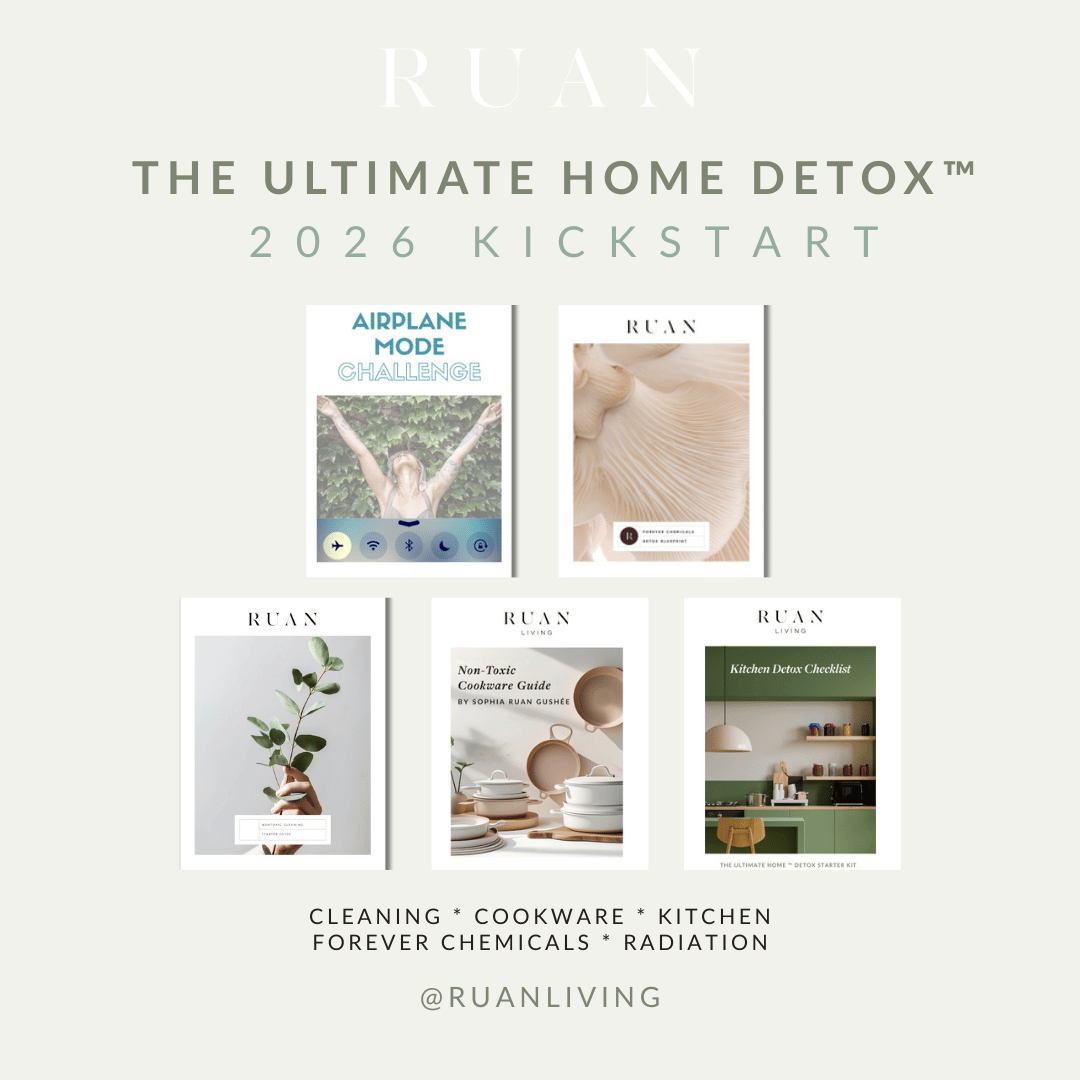
Is Off-Gassing Happening in My Home?
Nov 27, 2017by Angela Cummings and Sophia Ruan Gushée
What is Off-gassing?
When you read about chemicals in everyday products, you’ll come across the term off-gassing.
Off-gassing describes the release of chemicals into the air. We’re all familiar with the smell of a new-carpet, new-vehicle, and, sometimes, new-clothes. Love or hate it, you are detecting chemicals.
But, not all off-gassing is smelly. Some chemicals don’t have an odor at all.
What Types of Chemicals Off-gas?
Chemicals that off-gas are called Volatile Organic Compounds (VOCs) and Semi-Volatile Organic Compounds (SVOCs). However, VOCs and SVOCs are two large groups of chemicals that can be found in many everyday products and building products.
VOCs and SVOCs have historically been studied for its affects on the outdoor environment, like the ozone layer. But, some have been found to contribute to health conditions.(1) Examples include benzene, which may be linked to leukemia, breast cancer, and lymphatic cancer; and, methylene chloride, which may affect the nervous system.(2)
Chemicals recognized as threatening to human health are sometimes labeled “hazardous air pollutants,” or HAPs. HAPs have been known, or are suspected of having, serious health effects on people, such as damaging their immune system, and affecting the nervous system (including the brain), reproductive system, respiratory system, and more.(3) The U.S. Environmental Protection Agency’s list of HAPs includes 187 chemicals, including the two (benzene and methylene chloride) mentioned above.(4)
HAPs can be emitted from zero- or low-VOC products.(5)
Which Products Off-gas?
Common household products, such as crib mattresses, adult mattress, furniture, air fresheners, and cosmetics.
Building materials such as paint, composite wood flooring, carpet, paint thinners, and adhesives.
Textiles such as clothing, furniture fabrics, and curtains.
Furniture such as composite wood tables, foam cushions and cabinets.
These products, and more, have been found to off-gas VOC chemicals into the air and affect the indoor air quality.(6)
Could It Be Happening in My Home?
Yes. And it most likely is.
There are over 80,000 chemicals that can be added to everyday products. While not all of those chemicals off-gas, there are many that do. The Agency for Toxic Substance & Disease Registry (ATSDR) has a partial list of VOCs that includes 44 different chemicals.(7) The Environmental Working Group (EWG) found over 287 chemicals in the umbilical cord blood from newborn babies.(8)
Given the sheer number of conventional products that contain VOCs, it’s quite possible that you have – that we all have – products that off-gas toxins into our homes. The best way to reduce the amount of off-gassing: buy products with zero- or low- amounts of VOC chemicals.
For more information about zero- or low-VOC products, subscribe below.
References
(1) (2) A-to-Z of D-Toxing, Works Cited Part 2
(3) (5) (6) A-to-Z of D-Toxing, Works Cited Parts 3 and 4
(4) US EPA, 2017
(7) ATSDR
(8) A-to-Z of D-Toxing, Works Cited Part 1


